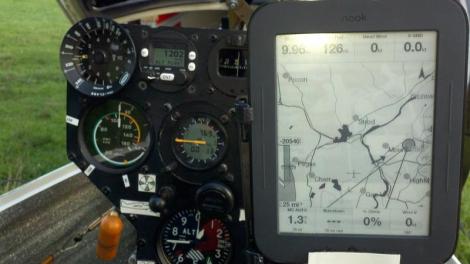Sometimes, we appreciate electronic devices not for their outright performance and crystal clear output, but precisely because they kind of suck in a unique and charming way. The Game Boy Camera, and its companion the Game Boy Printer, are much loved for precisely this reason. [Raphael BOICHOT] decided that he wanted to simulate the analog reality of the latter printer’s output in code, and set about the hefty coding task.
The result is the Game Boy Printer Paper Simulation, and it does a great job of reproducing the grainy, somewhat noisy output of the original thermal printer. The simulation was coded with the assistance of multiple high-resolution scans of the original printer’s output, which allowed [Raphael] to create a mathematical model of how the original digital pixelized image came out when hot thermal print head was put to paper.
What started with a single dot became a fully-fledged simulation package that can be run in MATLAB and Octave. It allows the end user to generate legitimate-looking images of Game Boy Printer output without actually having to own the printer and a roll of thermal paper.
We’ve seen Nintendo’s much-beloved printer before, such as this hack that turns it into an 8-bit photo gun. If you’re meddling with thermal printers yourself, be sure to let us know!












